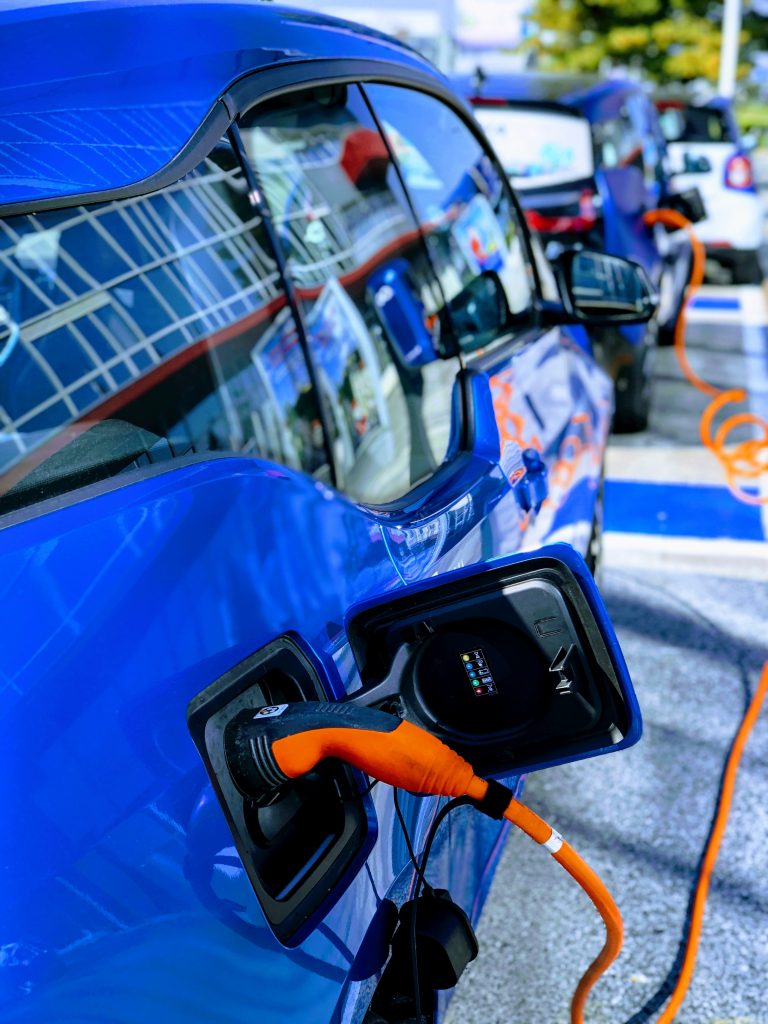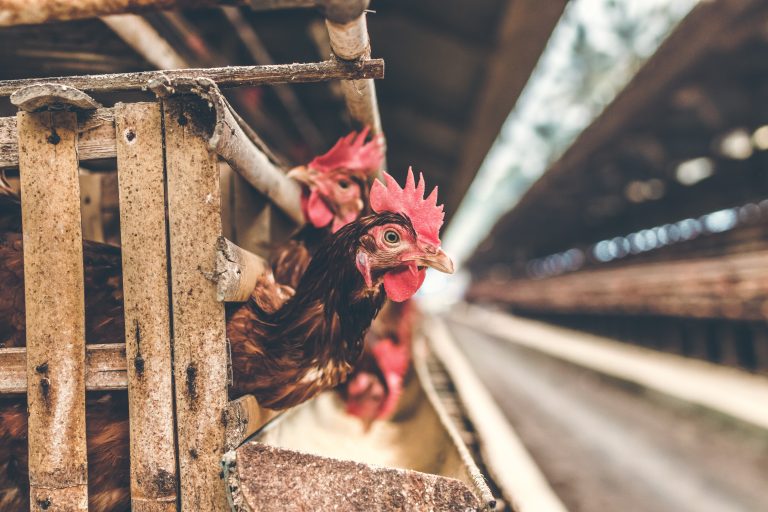Economics and Sustainability Series: The Science of Batteries

Abstract: The rising cost of cobalt may be of little interest to many, but in fact, has the potential
to affect nearly everyone. Cobalt is used in the construction of the lithium-ion batteries used to
power most portable electronics including mobile phones and laptops as well as the batteries
used to power electric vehicles. Indeed, as global demand for electronics and especially electric
vehicles rises, so does demand for cobalt, pushing the price of the blue metal higher. The world’s
supply of what is rapidly joining the ranks of precious metals is limited. While cobalt exists in a
handful of countries, most cobalt available today is mined in the Democratic Republic of Congo
and processed in China. Despite significant investment into battery research, there are currently
few commercially viable alternatives to cobalt-free batteries, and those that do exist do not match
batteries containing cobalt across various performance and safety measures.
Notes: Headlines highlighting the rising cost of cobalt might be overlooked by many, yet the
impact of the higher price of the blue metal has far reaching implications. While they may be
unaware of it, nearly everyone relies on cobalt in multiple ways across their daily lives. Cobalt,
perhaps more commonly recognized for its distinctive shade of blue than anything else, is known
among those involved in developing and producing lithium-ion batteries as an essential
component. Indeed, the batteries used to power everything from mobile phones to laptops to
electric vehicles rely on cobalt as a critical component, making its rising price a trend that has the
potential to impact people across the globe. Cobalt prices are up some 20 percent since the
beginning of the year, suggesting that prices of lithium-ion batteries and the products they power
could rise in tandem. While the amount of cobalt used in a mobile phone battery or even a
battery used for a laptop is small, making any change in price similarly small, according to
Nicholas H. Bashian at Iowa State University, the rising price of cobalt would have a more
noticeable impact on the price of batteries used to power an electric vehicle. He estimates that a
20 percent increase in cobalt prices would translate to about a $400 dollar increase in the price of
the lithium-ion batteries used to power a typical electric sedan, not enough of a price difference
to make or break a purchasing decision for most electric vehicle buyers, but, when taken across
all electric vehicle sales, a notable difference and perhaps a suggestion of a trend that could have
significant economic implications in the future.
Higher demand is driving the rapid rise in the price for cobalt. Demand for the blue metal has
skyrocketed recently as the world grapples with the looming threat of global warming. One of
the key contributors to global warming, the CO2 emissions from combustion engines, has made
the push for electric vehicles a worldwide phenomenon. In response to both customer demand
and new government regulations, automakers are rapidly moving to shift their products lines to
include more electric vehicles. This seismic strategic shift has meant a surge in demand for
lithium-ion batteries to power cars, trucks, and buses, and for the components required to make
the batteries. Cobalt is used to store the electric charge and stabilize lithium-ion batteries so that
they have a long-life span. Indeed, Nicholas H. Bashian says that “cobalt is an essential
component for a long lasting, reliable battery.” Much of the world’s supply of cobalt is mined in
the Democratic Republic of Congo and processed in China, making the available supply of the blue metal limited. (see Economics and Sustainability Series: The Geopolitics of Batteries and
Economics and Sustainability Series: The Human Cost of Batteries to explore the geopolitics and
human costs of cobalt mining and production in greater depth.)
Carmakers and other industries relying on batteries are pouring money into battery research,
hoping to find ways to make better batteries, and batteries that contain substitutes for cobalt, or
less of the blue metal. Those efforts, while promising, are still in their early days from a
commercial standpoint. Nicholas H. Bashian notes that solid state batteries are emerging as an
especially interesting option and may offer an alternative that is cobalt free, but a commercially
viable version is not yet available. In China, batteries containing an iron-based compound are
being used to power some vehicles, but the batteries have a limited range, making them
unattractive to most buyers, especially those looking for an alternative to a combustion engine
car. Companies focused on extracting and recycling cobalt from existing batteries have also
emerged. It remains to be seen whether these efforts will have a meaningful impact on the supply
of cobalt available. Indeed, at least for now, as demand for the blue metal continues to increase,
it could be counted by some as a being alongside the world’s most precious metals, gold and
platinum.
Discussion Questions:
- Using supply and demand, discuss the price of cobalt. What is driving the current price of
cobalt? What are the implications of increased demand for electric vehicles on the price of
cobalt? - Consider the science of battery making. How is the lack of substitutes for cobalt in lithium-ion batteries driving research into alternative battery technology? How might rising prices for cobalt impact investment into battery research? What will happen to the price of cobalt if a cobalt substitute is found? What impact if any, will efforts to extract and recycle cobalt have?
- Government regulations designed to address climate change are forcing automakers to move
toward an all-electric vehicle line up. Discuss the demands these regulations place on the auto industry. Who should pay for research into battery development? One of the limitations of the batteries containing an iron compound that are being used to power some vehicles in China is their limited driving range. Reflect on the need for commercial viability as a condition for battery adoption in the global auto industry.
Sources: WSJ: EV Surge Sends Cobalt Prices Soaring; NS Energy: Profiling the world’s eight largest cobalt-producing countries; Energy & Capital: Is Cobalt the Future’s Precious Metal? Interview with Nicholas H. Bashian, Ph.D., Iowa State University, Department of Material Science and Engineering; Photo by John Cameron on Unsplash













